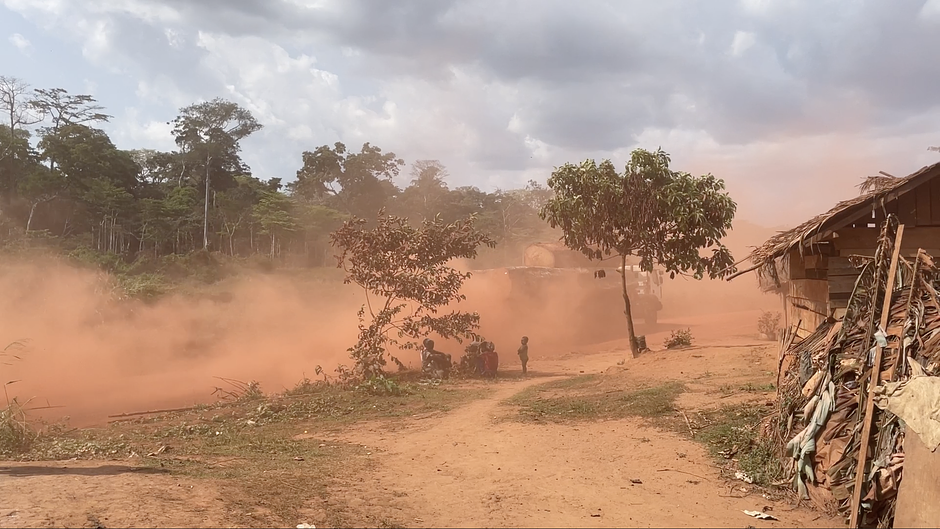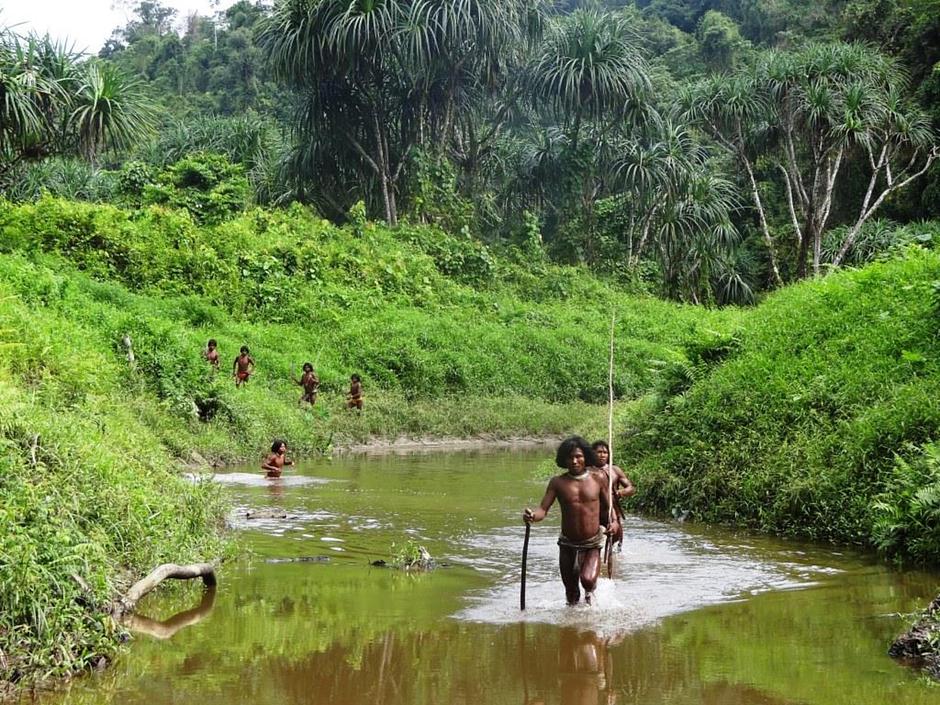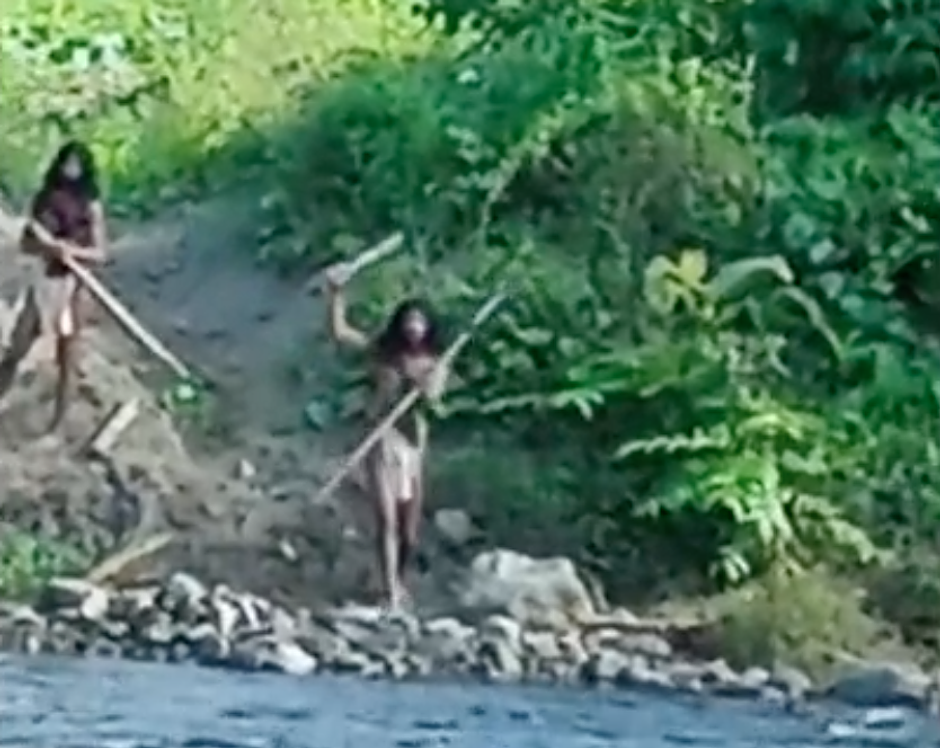'Last Days of Ivory' promotes a military conservation that is fatal for tribal peoples

The massacre of elephants for Asian ivory trade is driving the iconic African giant to extinction, writes Lewis Evans. But the ‘military response’ is both brutal and ineffective, all the more so as it excludes and alienates the Indigenous communities who are the best defenders of nature and wildlife. The simplistic message of ‘Last Days of Ivory’ is both damaging and dangerous.
Hollywood director Kathryn Bigelow and the producers of the slick, emotionally-manipulative animated short ‘Last Days of Ivory’ have spurned calls from Survival International to withdraw the film, despite clear evidence of factual inaccuracy.
The distortions made by the film makers have been highlighted by several international organisations, including the Royal United Services Institute, the United Nations Environment Programme, and Interpol, and attracted criticisms from a number of environmental campaigners as well.
The film’s claim of a direct funding link between ivory poaching and Islamist terrorism in Africa and further afield is unsupported by evidence, but more worryingly, is intended to build momentum behind the increasing militarisation of conservation.
Although many environmentalists argue that the only way to stop ivory poaching and protect endangered species is through armed intervention, Survival is opposed to such brutality when it leads to violence against tribespeople, or the eviction of Indigenous communities from their ancestral lands.
This is not a hypothetical consequence of armed conservation. In Cameroon, Survival recently obtained video testimonies from Baka people, in which they plead with conservationists to end the abuse they have suffered at the hands of heavily armed anti-poaching squads, many funded by WWF and the EU.
Likewise in Botswana, Bushmen are criminalised for subsistence hunting to feed their families and denied access to land and water whilst their government hives off portions of the game reserve in which they live to diamond miners and western tourists.
In India as well, there is a growing call to evict tribes from the country’s tiger reserves. Many have been intimidated, forced into selling their land or simply intimidated into moving. The justification for this is not so much because the people pose a threat to the tigers in question, but rather so that rich visitors can be provided with a more ‘authentic’ wilderness experience as they ride through the reserves in jeeps on tiger-spotting day trips.
Fortress conservation?
Conservation has never been more important or necessary. However, one very crucial question that too many in environmental movements around the world fail to ask frequently enough is what kind of conservation measures we want to pursue, and just as importantly, how we want to see them implemented.
Aggressive, exclusionary conservation that clears land to turn it into a man-made wilderness is not true conservation at all, and harms some of the most vulnerable people on earth.
Broadly speaking we have two options for the future of conservation. On the one hand, we could continue down the present course. We could carry funding armed anti-poaching squadrons in the vain hope that they will use them to protect wildlife, rather than brutalising their own citizens or even getting involved in poaching themselves, as has happened extensively in Africa.
We could continue to evict peoples like the Baka in Cameroon, Soliga in India, and Bushmen in Botswana, from the land they have successfully conserved for centuries, violating their human rights and destroying the fabric of their societies.
We could keep on enforcing our flawed notions of what nature should mean to humans at gunpoint, clearing people out of the way to create artificial wildernesses for western tourists to gawp at or to shoot big game in.
Or working with those who know and love their environment best?
Or on the other, we could change tack. We could accept the demonstrable fact that tribal peoples make the best conservationists, and should be allowed to continue living as they wish. They can act as the eyes and ears of global efforts to protect the very environments they themselves live in and depend on for subsistence, rather than being excluded from the conservation debate.
Instead of criminalising them for hunting to feed their families, we could respect their close relationship to the very places we seek to conserve. Rather than booting them out of the picture by force, we could put them where they belong, right at the centre of it.
I have no doubt that many who have seen ‘Last Days of Ivory’ are moved by good intentions. Ivory poaching is a terrible problem in Africa with global repercussions that need to be addressed.
Nevertheless, the deeper militarisation of conservation on the basis of bogus claims about links to terrorism, or some vague narrative about heroic resistance to the enemies of nature, is not the answer. Wilfully misleading the public is one thing, doing so in support of a dangerous and anti-tribal view of the world is something else entirely.
The world deserves a better model of conservation than that proposed by ‘Last Days of Ivory’.
Lewis Evans
17th November 2015





